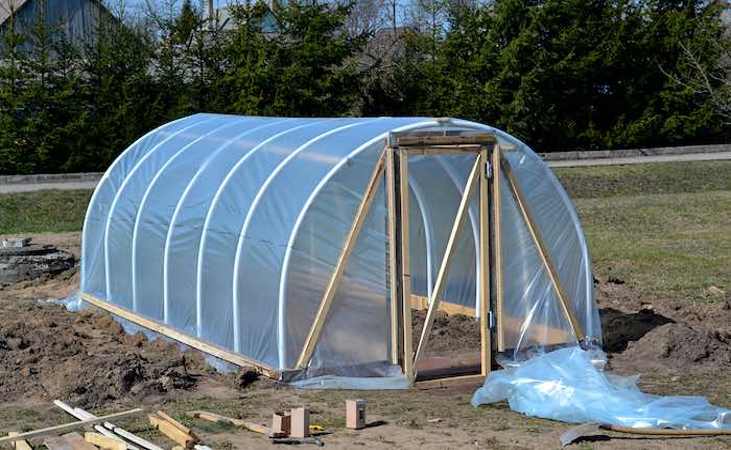Do I Need Planning Permission For A Polytunnel?
Generally speaking, you won’t need planning permission for a polytunnel that’s used to grow your own food in a domestic garden. There are some exceptions and things to keep in mind.

If the polytunnel is intended for wider-scale usage - such as in the case of farming or commercial production - the restrictions and requirements are different again, and it is a good idea to check with your local council or authority. The Department for Environment, Food & Rural Affairs (DEFRA) provides a ‘Polytunnel Code of Practice’ for agricultural polytunnels.
If you stick to the following principles and guidelines when setting up your polytunnel, then planning permission should not be necessary. If it’s not possible or practical to stick to them, then it’s a good idea to consult your local authority.
- A maximum height of 3 metres
- If the polytunnel is to be situated close to the boundary line (as in up against a hedge), it should be no higher than 2.5m
- The polytunnel should not jut out or extend past the front wall of your house
- The polytunnel - combined with any other structures in your garden or outside area - should not take up more than 50% of this area around your house
Read Article: Burtown Kitchen Garden Diary - How To Build a Polytunnel
Two and a half metres should suffice as a height for a polytunnel, and plenty of available options will measure at comfortably under three - so height shouldn’t be anything to worry about, just keep it in mind. If the polytunnel is too tall it has the potential to block out the sunlight coming into neighbouring gardens which can lead to grumbles or even official complaints. For similar reasons, it’s a good idea to ensure that the structure isn’t too close to your neighbour’s boundary (as in right up against a hedge). Try to keep it to 2 metres within your space.
The guidelines around constructing a polytunnel can be stricter if you live in a Conservation Area or Area of Outstanding Natural Beauty. If you’re considering setting up a polytunnel on an allotment, speak to your allotment committee and see if they’re ok with it or if they have some guidelines on size etc.
If there are any doubts about these matters, it’s best to err on the side of caution and contact your local authority or planning office. Exact regulations, restrictions and grey areas can vary across the country.
